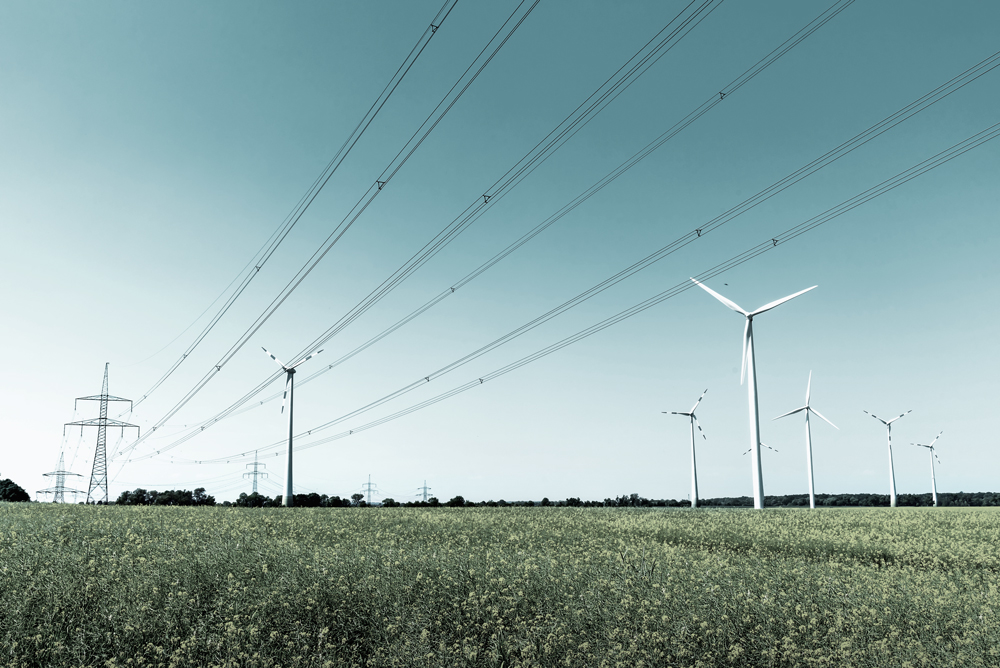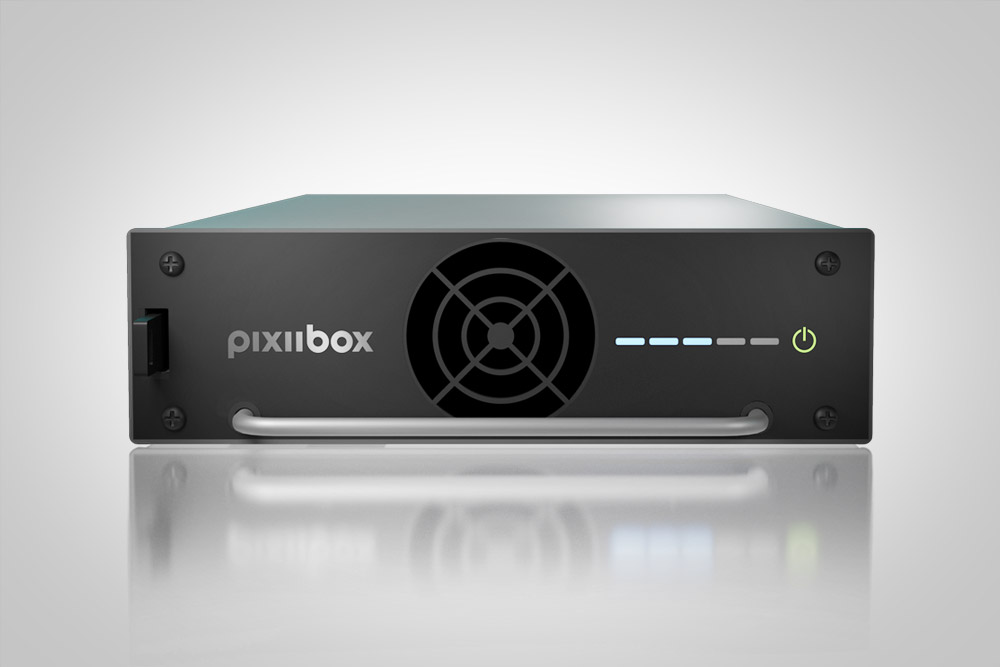As the use of renewable energy sources continues to grow, distribution system operators (DSOs) are facing new challenges in managing the flow of electricity on their networks. With increasing power peak demands and intermittent power production, DSOs are struggling to maintain the required voltage quality and prevent the overloading of transformers.

To address these challenges, DSOs are turning to advanced battery energy storage systems (BESS) with smart services and functions to provide active and reactive power and reduce over- and under-voltages. By placing BESS systems at strategic points in the distribution network, known as “hot-spots,” DSOs can improve the stability and reliability of their networks while also reducing the need for traditional upgrades to transformers and cables.
The increase of renewables in the energy mix makes it a challenge to manage traditional distribution grids, as they where designed for a completely different situation.
Improve network stability and keep cost to a minimum
Pixii is one of few companies who offers a solution to this problem. In a project supported by ENOVA and Innovation Norway, Pixii successfully installed several BESS systems in the distribution network of Ringerikskraft in Norway, during the autumn of 2019.
The Pixii PowerShaper is a flexible and modular system that comes with a range of advanced functions, including voltage support, phase balancing, and active and reactive power compensation. These functions give network operators the tools they need to ensure that the quality of electricity is up to consumer expectations.
A bi-directional BESS with smart functions
Pixii’s battery energy storage system offers a range of advanced functions, including voltage support, phase balancing, and active and reactive power compensation. The BESS is modular and easy to install, with hot swappable modules for easy maintenance. It also comes with remote monitoring and a range of services and support, including software enrichment upgrades, to ensure that it is future-proof.

The Pixii BESS can be used to support the stability and quality of the distribution network in a number of ways. It can provide active power to avoid or reduce the overloading of transformers, and it can provide active and reactive power to reduce over- and under-voltages. The BESS can also enhance the short circuit capacity of the distribution line by assisting in clearing faults, improving safety on the network.
In addition to these benefits, the Pixii BESS can also be used to defer or avoid traditional upgrades to transformers and cables, reducing the cost of maintaining the distribution network. It can also be used to balance three-phase load and improve the utilization of the upstream distribution network, as well as to reduce operational costs by consuming or generating reactive power to minimize energy losses.